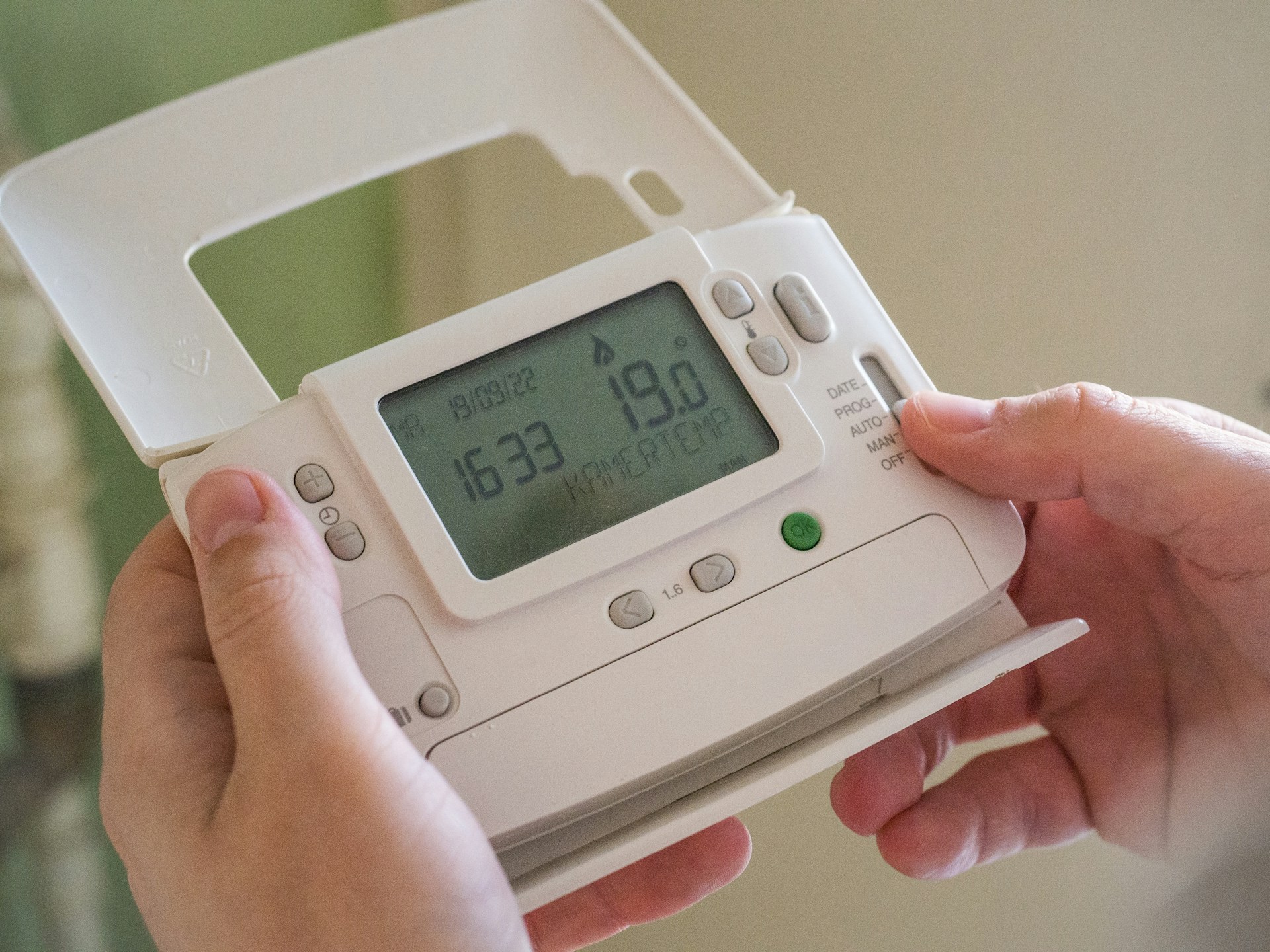
As temperatures drop, many families brace for another painful season of rising winter heating costs. Energy prices are up nationwide, and even moderate households are feeling the squeeze. The U.S. Energy Information Administration predicts higher natural gas, oil, and electricity bills this year due to increased demand and production costs. But here’s the good news: you can take control before your bill spikes. A few smart changes in your home and habits can make a noticeable difference on your next statement, without shivering through January. Here are seven things you can do to trim the cost of your utility bills this winter.
1. Seal Leaks and Drafts Before the Cold Sets In
One of the most overlooked causes of high winter heating costs is air leakage. Tiny cracks around doors, windows, and vents can let warm air escape and cold air sneak in, forcing your furnace to work overtime. Sealing these gaps with weatherstripping or caulk can cut energy loss by up to 20%, according to Energy Star. Check spots like attic hatches, baseboards, and outlets. They’re common culprits for hidden drafts. Spending an afternoon sealing leaks can save you hundreds over the course of the season.
2. Adjust the Thermostat Strategically
You don’t need to live in an icebox to save on your winter heating costs. Just be strategic with your thermostat. Lowering the temperature by 7 to 10 degrees for eight hours a day (like when you’re at work or asleep) can reduce heating expenses by up to 10%. Programmable or smart thermostats make this simple by automatically adjusting temperatures based on your schedule. Even small tweaks, like lowering the heat while cooking or layering up during the day, add up fast. The goal is comfort with control, not waste.
3. Don’t Block Heat Flow With Furniture or Curtains
It sounds simple, but blocked vents or radiators can waste a surprising amount of energy. When furniture or heavy curtains sit in front of heating vents, warm air can’t circulate properly. That means your system runs longer and harder to reach the same temperature, hiking your winter heating costs. Make sure every vent and radiator is clear for at least 12 inches around it. Rearranging your living room could literally make your home warmer without turning up the thermostat.
4. Use Curtains and Sunlight to Your Advantage
Nature provides free heat… You just have to let it in. During the day, open curtains and blinds on south-facing windows to soak up sunlight, which naturally warms rooms and lowers winter heating costs. As soon as the sun sets, close those curtains tightly to trap in heat and keep the chill out. Thermal or insulated curtains can make a big difference if your home has older windows. This small daily habit can save more energy than many realize over the course of a cold winter.
5. Maintain Your Heating System Regularly
Your furnace or heat pump works hardest during winter, which means even minor issues can drive up energy use. Dirty filters, worn parts, or clogged ducts make systems inefficient and shorten their lifespan. Experts recommend changing filters every 1–3 months and scheduling annual maintenance before peak season. A tuned-up system doesn’t just save money on winter heating costs; it also keeps your air cleaner and safer. Think of it as preventive maintenance for your comfort and your wallet.
6. Use Space Heaters Wisely (and Sparingly)
Portable heaters can be helpful, but they’re also one of the biggest traps for inflated winter heating costs. Many models are energy hogs and can easily double your electric bill if left running for hours. Instead, use them strategically, only in occupied rooms and for short bursts. Opt for energy-efficient ceramic or infrared heaters with automatic shutoff features for safety. Used wisely, space heaters can complement your central system, not compete with it.
7. Explore Energy Assistance or Rebate Programs
If your winter heating costs still feel overwhelming, don’t overlook government or utility programs designed to help. Many states offer energy assistance, payment plans, or rebates for upgrading to more efficient equipment. Check with your local utility provider or visit energy.gov for available options. Even small incentives, like a rebate for a smart thermostat or insulation upgrade, can provide long-term savings. Taking advantage of these programs ensures you’re not leaving free money on the table.
Staying Warm Without Getting Burned Financially
As energy prices climb, saving money isn’t just about comfort; it’s about peace of mind. Tackling winter heating costs early with smart habits, regular maintenance, and small home improvements can keep your bills predictable all season long. Each step may seem minor, but together, they create significant relief for both your budget and your stress level. The real win isn’t just saving money; it’s gaining control over how you spend it. This winter, the smartest households will stay warm without letting their wallets take the heat.
What’s your go-to trick for keeping winter heating costs down? Share your best money-saving hacks in the comments below!
You May Also Like
- 8 DIY Solar Installs That Violated Utility Codes
- 10 DIY Landscaping Projects That Violated Utility Laws
- Buried Utility Charges Hidden in Your Property Taxes
- The Surprising Role of Utility Bills in Estate Disputes
- The Fake Utility Worker Trick That’s Fooling Even the Smartest Homeowners
The post How to Sidestep High Utility Bills This Winter When Prices Are Going Up appeared first on Clever Dude Personal Finance & Money.
